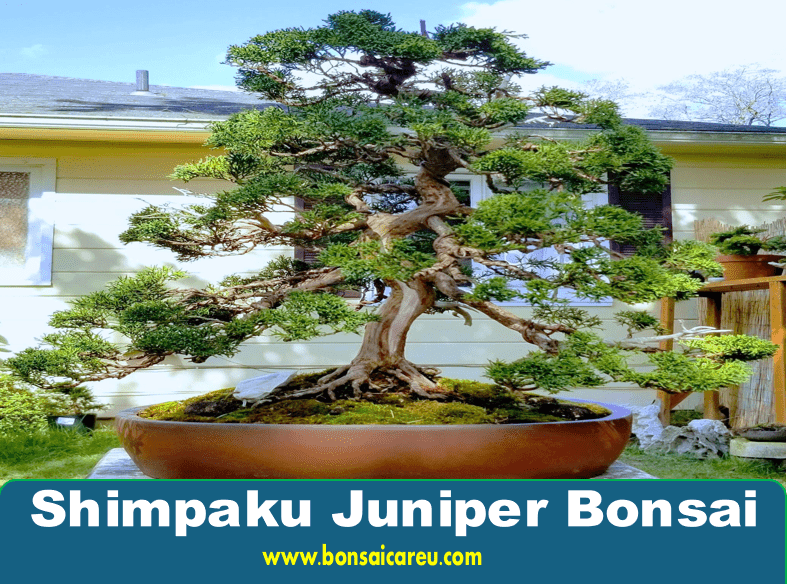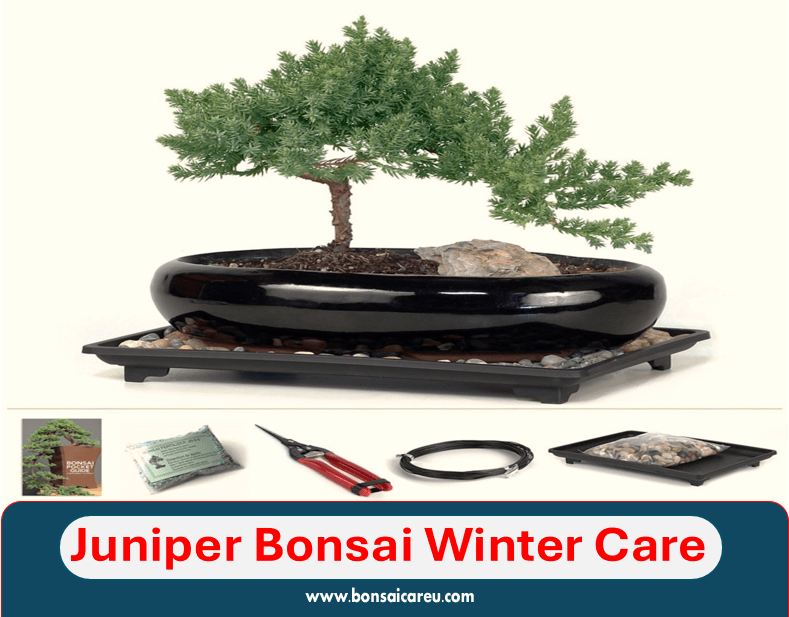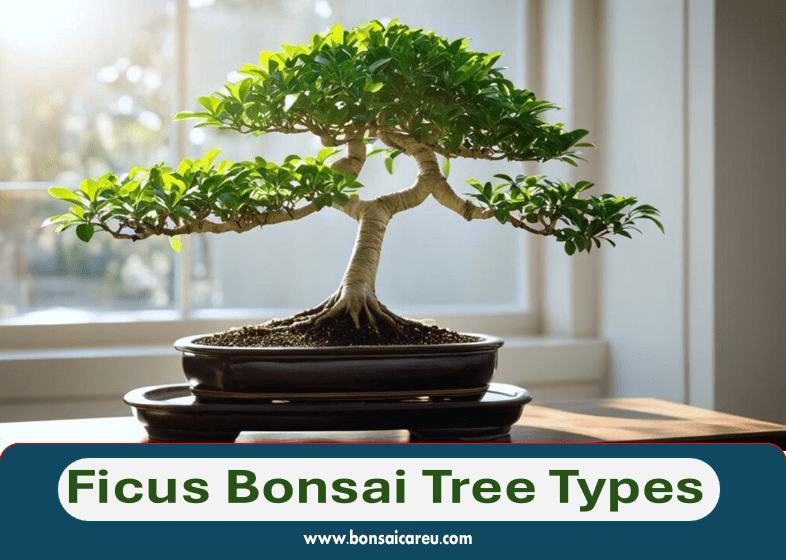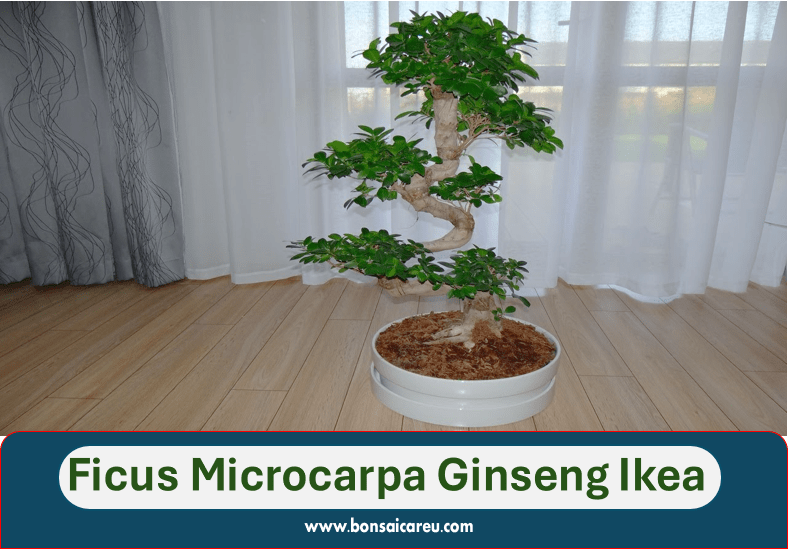Shimpaku Juniper Bonsai: Shimpaku Juniper Bonsai is a popular choice known for its elegant appearance and easy maintenance. It thrives best outdoors, requiring ample sunlight and seasonal temperature variations.
When placed outside, it can adapt well to various conditions. Shimpaku Juniper Bonsai is a versatile plant that can be shaped into different styles, such as informal upright, cascade, and semi-cascade. Its delicate foliage and twisted branches add a touch of natural beauty to any space.
The juniper’s resilience and adaptability make it a favorite among bonsai enthusiasts of all skill levels. Whether you’re a beginner or an experienced gardener, the Shimpaku Juniper Bonsai is a rewarding and visually appealing plant to nurture and enjoy.

Introduction To Shimpaku Juniper Bonsai
Shimpaku Juniper is a beloved choice among bonsai enthusiasts. It is cherished for its timeless beauty and elegant presence in the art of bonsai cultivation. Its origins and historical significance shed light on its cultural importance, while its unique characteristics make it a sought-after species for bonsai creation.
Origins And Historical Significance
Originating from Japan and China, Shimpaku Juniper has a rich history dating back centuries. It holds cultural significance in Japanese bonsai traditions, symbolizing longevity, strength, and harmony with nature. The art of shaping Shimpaku Juniper bonsai has been passed down through generations, evolving into a timeless practice cherished worldwide.
Characteristics Of Shimpaku Juniper
- Elegant Appearance: Shimpaku Juniper boasts a graceful silhouette with delicate foliage, creating a captivating visual appeal.
- Compact Growth: This species exhibits compact growth habits, ideal for intricate bonsai designs and styles.
- Evergreen Foliage: Shimpaku Juniper’s vibrant green foliage remains lush throughout the year, adding a touch of natural beauty to any bonsai collection.
Shimpaku Juniper’s fine texture and refined structure make it versatile for various bonsai forms, including informal upright, cascade, semi-cascade, and more. Its adaptability and resilience contribute to its popularity among bonsai artists seeking to create stunning living artworks.
Selecting Your Shimpaku Juniper
When selecting the right Shimpaku Juniper for your bonsai project, several important factors must be considered. From choosing the right specimen to understanding the different varieties available, the selection process plays a crucial role in the success of your bonsai cultivation.
Choosing The Right Specimen
When choosing a Shimpaku Juniper for bonsai cultivation, selecting a healthy specimen with a well-developed trunk and balanced foliage is essential. Look for a plant with vibrant green foliage and compact growth, as these are indicators of a healthy and vigorous specimen. Additionally, consider the overall shape and structure of the plant, as these factors will influence the bonsai’s future aesthetic appeal.
Understanding Different Varieties
Shimpaku Junipers are available in various varieties, each with its unique characteristics. The Itoigawa variety, known for its tight and compact foliage, is highly prized for bonsai cultivation. On the other hand, the Kishu variety features a more open and airy growth habit, providing a different aesthetic appeal. Understanding the differences between these varieties will allow you to choose the one that best suits your bonsai vision.
Essential Care Techniques
Proper care is essential for the health and vitality of Shimpaku Juniper Bonsai. You can ensure that your bonsai thrives and flourishes by implementing the right care techniques. Here are the essential care techniques for maintaining a healthy and beautiful Shimpaku Juniper Bonsai:
Sunlight And Temperature Requirements
- Place the Shimpaku Juniper Bonsai in a location that receives full sunlight for at least 6 hours daily.
- To prevent leaf burn, ensure that the bonsai is exposed to indirect sunlight during the hottest part of the day.
- Monitor the position of the bonsai to adjust for seasonal changes in the sun’s angle.
- Shimpaku Juniper Bonsai thrives in cool to moderately warm temperatures, ideally between 50-75°F (10 and 24°C).
- Protect the bonsai from extreme temperature fluctuations and cold drafts, especially during winter.
- Consider providing additional protection during intense heat or frost periods to safeguard the bonsai’s health.
Watering And Humidity Control
- Water the Shimpaku Juniper Bonsai thoroughly when the top layer of the soil feels dry to the touch.
- Ensure the pot has adequate drainage to prevent waterlogged soil, which can lead to root rot.
- Adjust the watering frequency based on the bonsai’s seasonal moisture requirements.
- Maintain moderate to high humidity levels around the Shimpaku Juniper Bonsai, especially during the dry winter.
- Consider using a humidity tray or a room humidifier to create an optimal microclimate for the bonsai.
- Monitor the humidity levels regularly and adjust as needed to support the bonsai’s health.
Pruning And Shaping Mastery
Mastering the art of pruning and shaping is essential for maintaining the health and aesthetics of a Shimpaku Juniper Bonsai. Whether you are a novice or a seasoned enthusiast, understanding the fundamental pruning techniques and advanced styling tips is crucial to nurturing a visually stunning and balanced bonsai masterpiece.
Basic Pruning Techniques
When it comes to basic pruning techniques for Shimpaku Juniper Bonsai, it’s important to focus on removing dead or unhealthy branches to promote new growth and maintain the tree’s overall vitality. Additionally, thinning out dense foliage areas helps improve air circulation and sunlight exposure, fostering a healthier and more balanced bonsai.
- Remove dead or unhealthy branches.
- Thinning out dense foliage
- Promote new growth
- Improve air circulation
- Enhance sunlight exposure
Advanced Styling Tips
For those seeking to elevate their bonsai craftsmanship, advanced styling tips can take the aesthetics of a Shimpaku Juniper Bonsai to the next level. Wiring and shaping the branches with precision allows for creating elegant and harmonious compositions, while carving techniques enable the sculpting of unique and captivating features, adding character and depth to the bonsai.
- Master the art of wiring and shaping
- Utilize carving techniques for unique features
- Create elegant and harmonious compositions
- Enhance the character and depth of the bonsai
Repotting And Soil Preferences
Repotting and soil preferences are crucial to caring for a Shimpaku Juniper Bonsai. Understanding when and how to report and choose the correct soil mix can significantly impact the health and growth of your bonsai tree.
When And How To Report
Knowing when and how to report your Shimpaku Juniper Bonsai is essential for overall well-being. Typically, repotting should be done every two to three years during early spring, just before the growing season. Remove the tree from its current pot and trim the roots when repotting. This process allows the tree to develop a new root system, ensuring enough space for healthy growth. Always use well-draining soil to avoid waterlogging the roots, which can lead to root rot.
Choosing The Correct Soil Mix
Selecting the correct soil mix is vital for the health and vitality of your Shimpaku Juniper Bonsai. A well-draining soil mix is essential to prevent waterlogging and ensure adequate oxygen reaches the roots. A suitable soil mix for Shimpaku Juniper Bonsai should consist of a blend of akadama, pumice, and lava rock in equal parts. This mix provides excellent drainage and aeration, promoting healthy root development and tree vigor. Regularly monitoring the soil moisture level is crucial, as it helps prevent overwatering and ensures the tree’s roots remain healthy and vibrant.
Common Pests And Diseases
Shimpaku Juniper bonsai are susceptible to a few common pests and diseases affecting their health and appearance. Bonsai enthusiasts need to be able to identify these issues, as well as understand the preventative measures and treatments available.
Identifying Common Issues
Regarding common pests, Shimpaku Juniper bonsai may fall victim to spider mites, scale insects, and aphids. These pests can cause discoloration, stunted growth, and damage to the foliage. Furthermore, juniper bonsai can be prone to fungal diseases such as root rot, needle blight, and rust. These diseases manifest in the yellowing or browning of the foliage, as well as the overall weakening of the tree.
Preventative Measures And Treatments
To prevent infestations and diseases, regularly inspect the foliage and branches of the Shimpaku Juniper bonsai. Proper watering and pruning practices can promote the tree’s overall health and resilience against pests and diseases. Additionally, using horticultural oils or insecticidal soaps can help control common pests, while fungicides may be necessary to combat fungal infections.
Frequently Asked Questions For Shimpaku Juniper Bonsai
How To Care For Shimpaku Juniper Bonsai?
To care for a Shimpaku Juniper bonsai, keep it outside for plenty of natural sunlight and seasonal temperature changes. It can tolerate various conditions but ensures it gets afternoon shade in the summer.
What Is Shimpaku Juniper?
Shimpaku juniper is a bonsai tree with a coiled trunk and branches from Japan. It thrives outdoors with ample sunlight and seasonal temperature variations. Proper care includes providing afternoon shade in summer and ensuring it is exposed to different weather conditions.
How Fast Does Shimpaku Juniper Grow?
Shimpaku junipers grow moderately, typically averaging around 6 to 8 inches per year.
What Are The Different Types Of Shimpaku?
There are different types of Shimpaku Juniper bonsai, including informal upright, shohin, cascade, semi-cascade, mame, twin trunk, kishu, Japanese arakawa pine, literati, miniature, twisted, small, and formal upright. Prices for Shimpaku Juniper bonsai trees vary depending on the size and type, ranging from $29.
95 to $12,529. 62. Shimpaku Juniper bonsai trees require plenty of natural sunshine and seasonal temperature changes and thrive when kept outside.
What Is A Shimpaku Juniper?
A Shimpaku Juniper is a popular bonsai tree known for its elegant appearance and compact size.
How To Care For A Shimpaku Juniper?
Provide well-draining soil, ample sunlight, and regular watering to ensure the health of your Shimpaku Juniper.
Conclusion
The Shimpaku Juniper bonsai is a beautiful and versatile plant that can be trained into various styles, such as informal upright, semi-cascade, and twin trunk. It requires proper care and attention, but its ability to thrive outdoors and adapt to different conditions can be a great addition to any bonsai enthusiast’s collection.
Whether you are a beginner or a seasoned gardener, the Shimpaku Juniper bonsai is worth considering for its aesthetic appeal and unique characteristics.


